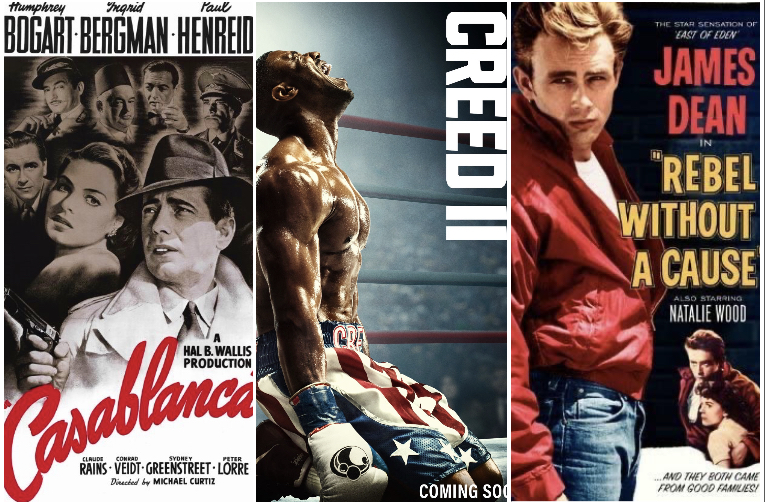To Kill a Mockingbird Broadway Review
To Kill a Mockingbird is, without a doubt, the most classic, timeless, and iconic stories of all time. Harper Lee’s tale of two children in 1930’s Alabama, dealing with conformity, neighbors, and growing up while their father defends an innocent African-American man in court while teaching his children about the world.
The book has been adapted into an Academy Award-winning film, a not-so fantastic sequel, and now, a Broadway play. With the material of the book being very sensitive to the fans, how well did this play interpret the source material.
With any adaptation, details and plot elements are bound to change, whether for better or worse.
Mockingbird is quite an easy story to adapt. There aren’t any giant gorillas or sprawling landscapes, just a small town in Alabama. Some of the new additions to the show aren’t necessary, but they are certainly interesting and they hold your attention.
Oscar-winning writer, Aaron Sorkin wrote the script. The new additions to the show include Jem and Dill getting narration privileges instead of just Scout, more of Dill’s backstory regarding his father, and the expansion of many character’s appearances. Judge Taylor and Heck Tate make numerous appearances throughout the show to talk with Atticus. Sorkin also cut many scenes from the book, like Atticus shooting the dog, most of the Mrs. Dubose encounters, Alexandra Finch, along with other scenes. The show mostly focuses on the Tom Robinson case, the Boo Radley arc, and all of the serious racial conflicts.
Sorkin combined many characters into one character. Two of the characters I’ve spotted were Ms. Maudie and Mrs. Dubose being combined into just Mrs. Dubose, and perhaps the strangest combination: Link Deas, Reverend Sykes, and Dolphus Raymond into one, just being Link Deas. In the show, Link Deas makes a surprisingly emotional connection with the audience. Like Dolphus Raymond, his wife was African-American and his children were mixed. He is considered the town freak/drunk and he is also deaf.
After the trial, Deas tells the children that his wife and kids were murdered, and he’s been alone for years, but he’s learned to get by while living with the pain. Also, he doesn’t drink alcohol, but just like Dolphus Raymond, drinks Coca-Cola instead.
Atticus’s character is by far the most drastic change to the show. In the book, Atticus is more patient, reserved, and dignified. In the show, Atticus is more loose and unexpected, especially when he puts Bob Ewell in a chokehold after the trial when Ewell goes to the Finch house. He’s funny, he’s dramatic, and he’s electrifying to watch. Props to Ed Harris for doing the character justice.
Despite all of the changes, To Kill a Mockingbird on Broadway is an incredibly enjoyable experience for fans of the book, and for the new generation of children experiencing the story for the first time. The acting is phenomenal, the score is enriching (being just an organ and a guitar), and the set is stylistically wonderful.
Recently, the play made headlines for performing a free showing at the Madison Square Garden for the children of New York public schools. Mayor de Blasio and Spike Lee were in attendance to give speeches before the show. Mockingbird made history by being the first play to perform at the MSG and I’m very glad that it got to be the first. It deserved it.
GRADE: A-

































































































